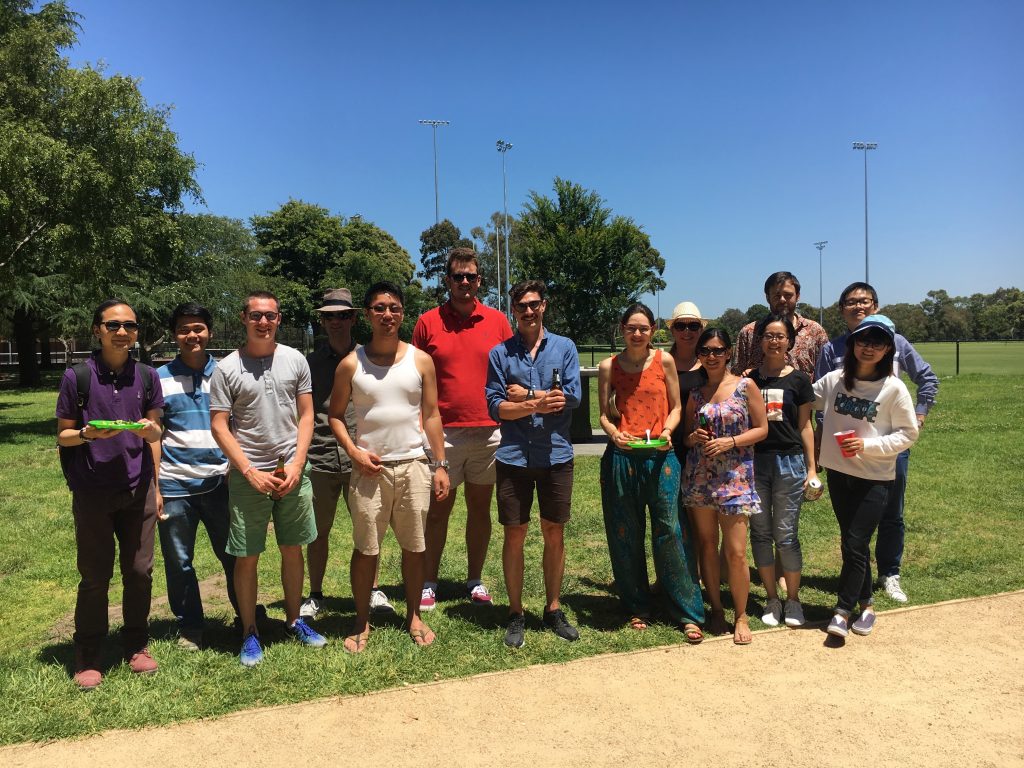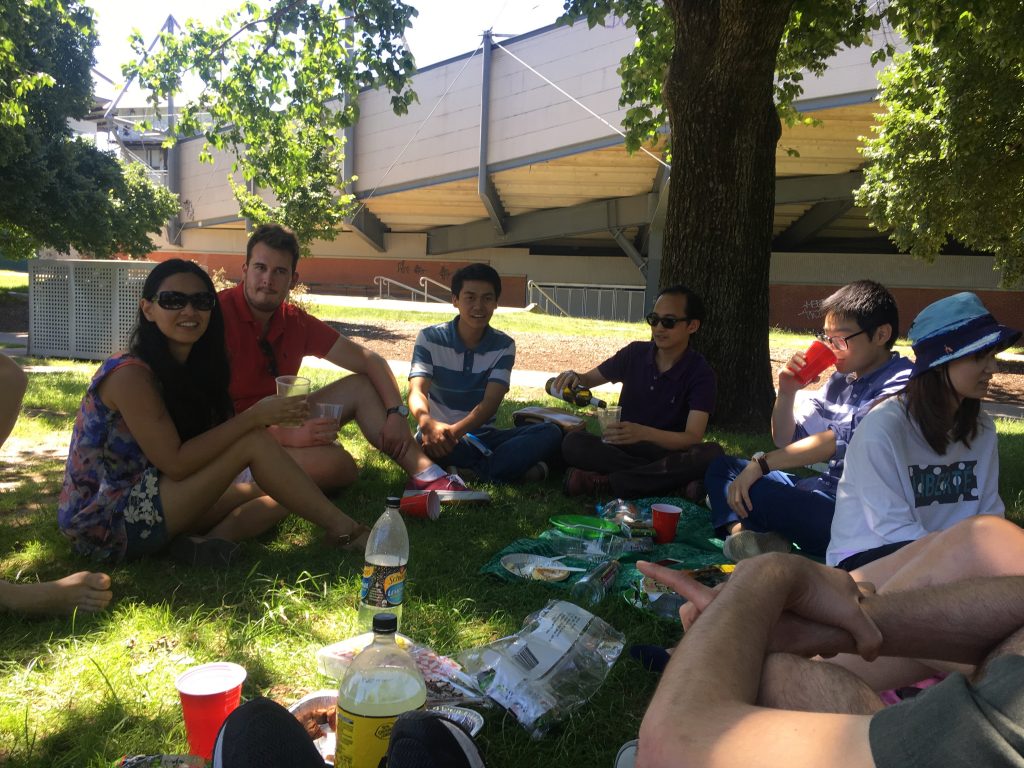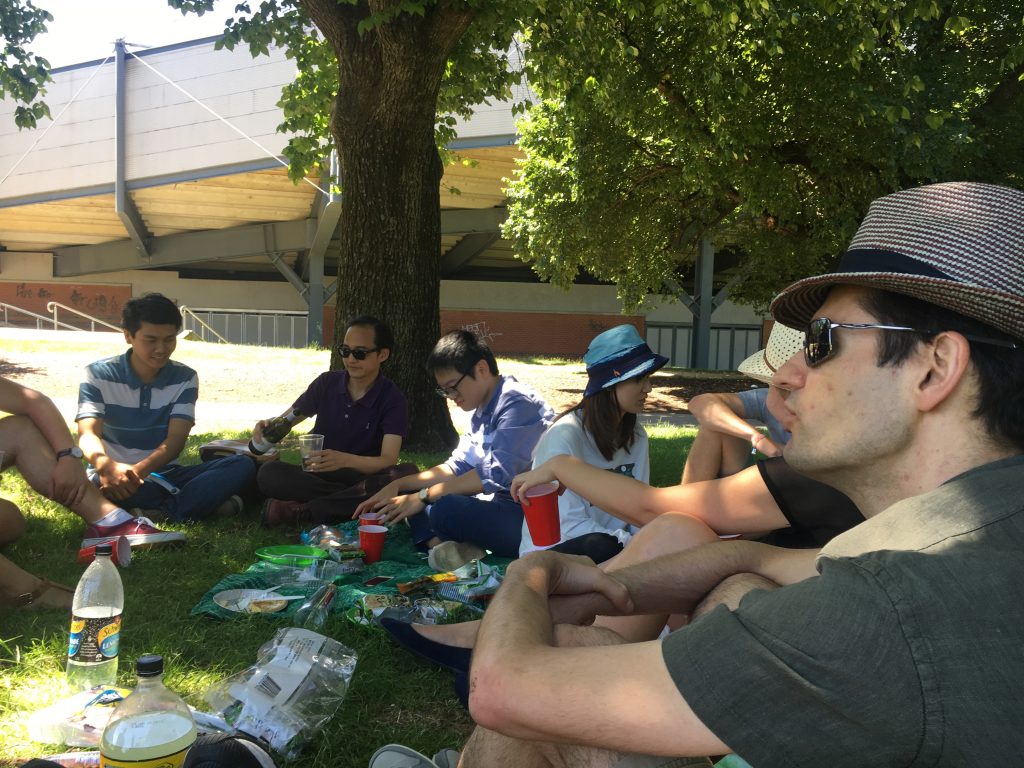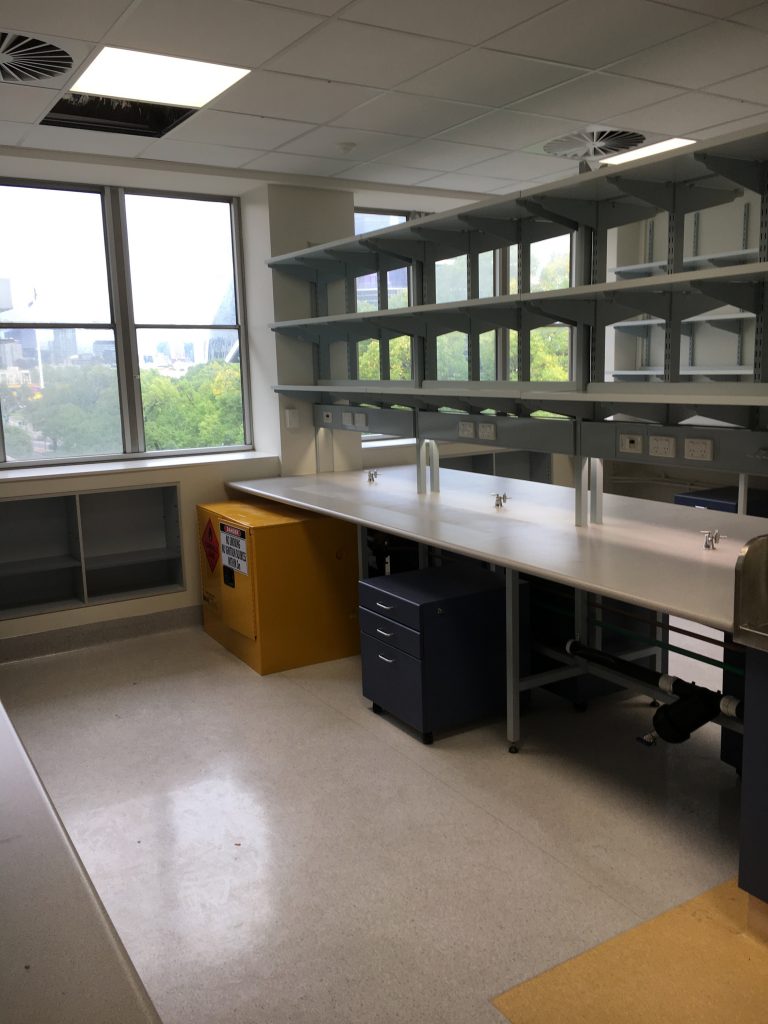There is an opportunity to undertake one of several projects available for Honours and Masters projects in the Haydon lab for 2019. Projects can be adapted accordingly and all contribute to existing research projects in the lab. Contact Mike for more details and arrange a chat. Follow the links for more information on MSc and Honours programs in BioSciences.
Do WRKY transcription factors regulate plant sugar responses?
Sugars are produced from photosynthesis in a light-dependent manner. They provide the stored energy and building blocks for all cells. In plants, they also have hormone-like properties that regulate developmental transitions and physiology. To understand how sugars regulate gene expression independently of light, we performed a large transcriptome time course to define sugar-regulated transcripts. Gene network and enrichment analyses uncovered WRKY transcription factors, which have previously been implicated in reactive oxygen species- and pathogen-signalling, as potentially important regulators. This project will test whether there is a functional role for WRKY transcription factors in light-independent sugar signalling.
The project aims to:
- Generate transgenic luciferase reporters and measure dynamic gene expression
- Identify regulatory elements in promoter regions using deletion constructs
- Measure reactive oxygen species production and correlate with WRKY gene expression
- Investigate sugar-related phenotypes and sugar-regulated transcript levels in wrky T-DNA mutants
Translational regulation of the circadian clock
Daily rhythms of growth and physiology are controlled by a circadian clock, comprised of a complex gene regulatory network that depends on transcriptional, translation and post-translational mechanisms. In plants, we have an excellent understanding of how transcription is controlled in the circadian oscillator, but little about translational control. By using genetics and transgenic tools, this project will test for a role of translational control of plant circadian rhythms.
The project aims to:
- Introduce circadian reporters into Arabidopsis mutants affecting translational control and measure circadian rhythms
- Test effects of mutations in upstream open reading frames (uORFs) in circadian clock genes on control of circadian rhythms in a transient expression assay
- Isolate transgenic lines complemented with mutated uORF constructs in circadian clock genes
Ethylene signalling in the circadian clock
The circadian clock is a 24-h time-keeping mechanism that allows organisms to anticipate predictable daily events, such as dawn, and synchronise physiology to the environment. Ethylene is a plant hormone that regulates a wide range of plant processes, including fruit ripening and senescence. We have recently discovered that ethylene signalling regulates the circadian clock in Arabidopsis via a pathway that intersects with sugar signalling and converges on the co-chaperon protein, GIGANTEA (Haydon et al Plant Physiology, 2017). We wish to further investigate the role of ethylene signalling components on regulation of the circadian clock and better understand the role of GIGANTEA in this process.
This project aims to:
- Measure effects of sucrose on transcript levels of ethylene-regulated genes
- Generate transgenic luciferase reporter lines for ethylene regulated genes
- Test effects of ethylene and ethylene signalling mutants on circadian clock phenotypes using luciferase reporters and transcript profiling.
- Test effects of ethylene and ethylene signalling mutants on GIGANTEA protein levels
Post-transcriptional control by sugars in the circadian clock
Circadian clocks evolved in all kingdoms of life to synchronise cellular processes to the predictable daily oscillations of the environment. These rhythms are driven by a regulatory network with multiple layers of transcriptional, translational and post-translational control of gene expression. Sugars play an important role in adjusting the phase and amplitude of the circadian clock in plants (Haydon et all Nature 2013; Dalchau et al. PNAS 2011).We have recently discovered that sucrose stabilises a nuclear clock protein, GIGANTEA, by a mechanism that requires an interacting F-box protein, ZEITLUPE to modulate amplitude of the circadian clock (Haydon et al. Plant Physiology2017). We wish to further investigate the role of sugars in the interaction between these two proteins in order to expand our understanding of the effects of sugars on the circadian network.
This project aims to:
- Measure effects of photosynthetic sugars on GIGANTEA protein levels
- Determine effects of sugars on nuclear localisation of GIGANTEA
- Generate split-luciferase reporter lines to detect dynamic protein-protein interactions
On Friday the Haydon, Golz and Fournier-Level labs had a BBQ in Princes Park to celebrate the end of the year. Having just moved into our new labs, it was perfect timing for a fun afternoon in the Melbourne summer sunshine. Hopefully we have kicked of a new tradition for the festive season.













There are several potential projects for students considering starting an MSc project in the Haydon lab in 2018. These are exciting projects that cover a range of research interests in the lab and will all offer training in molecular biology and genetics. Please get in touch with Mike Haydon if you wish to discuss these further.
For more information about the Master of Science (BioSciences), click here.
Extracellular signals from the cell wall in light sensing
The irreversible transition from etiolated growth in darkness to establishment of photoautotrophy (termed photomorphogenesis) is a critical stage in early seedling development. This transition is triggered by light and promoted by sugars and involves major transcriptional reprogramming. We have recently identified a role for small, cell wall-derived oligosaccharides that repress photomorphogenesis (Sinclair et al, Current Biology 2017). This represents a novel extracellular signal involved in light signalling, but we do not yet know precisely how they are generated or how they are sensed. Towards this, we have performed a genetic suppressor screen of a mutant, called dez, which is deficient in producing this extracellular signal. By mapping and characterizing these suppressor mutants, we hope to identify downstream components of this signalling pathway.
This project aims to:
- Finalise mapping of one suppressor mutant and confirm the causal mutation
- Perform detailed phenotypic characterisation of the mutant
- Measure transcript levels of light-regulated genes in the mutant
- Generate transgenic reporter lines (GFP, GUS, LUC) to characterise gene regulation and protein function
Ethylene signalling in the circadian clock
The circadian clock is a 24-h time-keeping mechanism that allows organisms to anticipate predictable daily events, such as dawn, and synchronise physiology to the environment. Ethylene is a plant hormone that regulates a wide range of plant processes, including fruit ripening and senescence. We have recently discovered that ethylene signalling regulates the circadian clock in Arabidopsis via a pathway that intersects with sugar signalling and converges on the co-chaperon protein, GIGANTEA (Haydon et al Plant Physiology, 2017). We wish to further investigate the role of ethylene signalling components on regulation of the circadian clock and better understand the role of GIGANTEA in this process.
This project aims to:
- Measure effects of sucrose on transcript levels of ethylene-regulated genes
- Generate transgenic luciferase reporter lines for ethylene regulated genes
- Test effects of ethylene and ethylene signalling mutants on circadian clock phenotypes using luciferase reporters and transcript profiling.
- Test effects of ethylene and ethylene signalling mutants on GIGANTEA protein levels
Post-transcriptional control by sugars in the circadian clock
Circadian clocks evolved in all kingdoms of life to synchronise cellular processes to the predictable daily oscillations of the environment. These rhythms are driven by a regulatory network with multiple layers of transcriptional, translational and post-translational control of gene expression. Sugars play an important role in adjusting the phase and amplitude of the circadian clock in plants (Haydon et all Nature 2013; Dalchau et al. PNAS 2011). We have recently discovered that sucrose stabilises a nuclear clock protein, GIGANTEA, by a mechanism that requires an interacting F-box protein, ZEITLUPE to modulate amplitude of the circadian clock (Haydon et al. Plant Physiology 2017). We wish to further investigate the role of sugars in the interaction between these two proteins in order to expand our understanding of the effects of sugars on the circadian network.
This project aims to:
- Measure effects of photosynthetic sugars on GIGANTEA protein levels
- Determine effects of sugars on nuclear localisation of GIGANTEA
- Generate split-luciferase reporter lines to detect dynamic protein-protein interactions
Metabolic control of post-translational modifications in embryo development.
(with John Golz)
Post-translational modifications of proteins, such as phosphorylation, actelytation or glycosylation, have important roles in modulating protein function in cells. O-linked N-acteylglucosomanine (O-GlcNAc) is emerging as a critical link between metabolic state and protein activity. Unlike the hundreds of kinases and phosphatases participating in protein phosphorylation, there are only two O-GlcNAc transferases (OGTs) encoded by SPINDLY (SPY) and SECRET AGENT (SEC) in Arabidopsis. A spy sec double mutant is embryo lethal, suggesting a critical role for protein O-GlcNAcylation in embryo development. A recent study reported a genome-wide survey of O-GlcNAcylated proteins and prominently identified components of the LEUNIG repressor complex (Xu et al PNAS 2017). Similar to spy sec, double mutants between LEUNIG and LEUNIG_HOMOLOG are also embryo lethal. Since O-GlcNAcylation represents a regulatory input for metabolism on gene regulation, which is known to be important for embryo development, we wish to investigate the role of O-GlcNAcylation on the LEUNIG repressor complex in developing embryos.
This project aims to:
- Use chemical and genetic tools to test effects of modified metabolism in embryo development
- Detect O-GlcNAcylation state of LEUNIG repressor complex by western blot
- Test functional role of OGT target sites in LEUNIG repressor complex proteins by mutating O-GlcNAcylated residues
- Perform in situ hybridisations for LEUNIG complex gene targets in developing embyos of OGT mutants
- Generate mutant combinations between OGTs and LEUNIG proteins to test epistasis
The new labs are just about complete. Unfortunately, we need to wait for OGTR certification before we can use them. But we are excited about moving into Building 184 soon!
We will have some fantastic plant growth facilities, a dark room to house our luminescence imaging equipment and clean labs with a nice view of Royal Parade. 




Now in it's second year, the Melbourne - Potsdam PhD Program in an exciting opportunity for talented young scientists to undertake a cross-national PhD. The projects are spent partly at the University of Melbourne, and partly at the Max Planck Institute for Molecular Plant Physiology in Golm (near Berlin), Germany. There are nine potential projects to choose from, with up to 4 being fully funded.
Two exciting projects are available in my lab:
1. Defining small molecule-protein interactions to reveal novel components of sugar signalling in plant growth and metabolism
2. Circadian-regulated dynamics of translation in plants
Full details on how to apply can be found here.
This is where you'll find longer format news and comments in the future. Perhaps some pre-pub reporting of data, thoughts on the field, or some discussion of interesting publications. Who knows what exciting things you might find here...
Stay tuned!

















